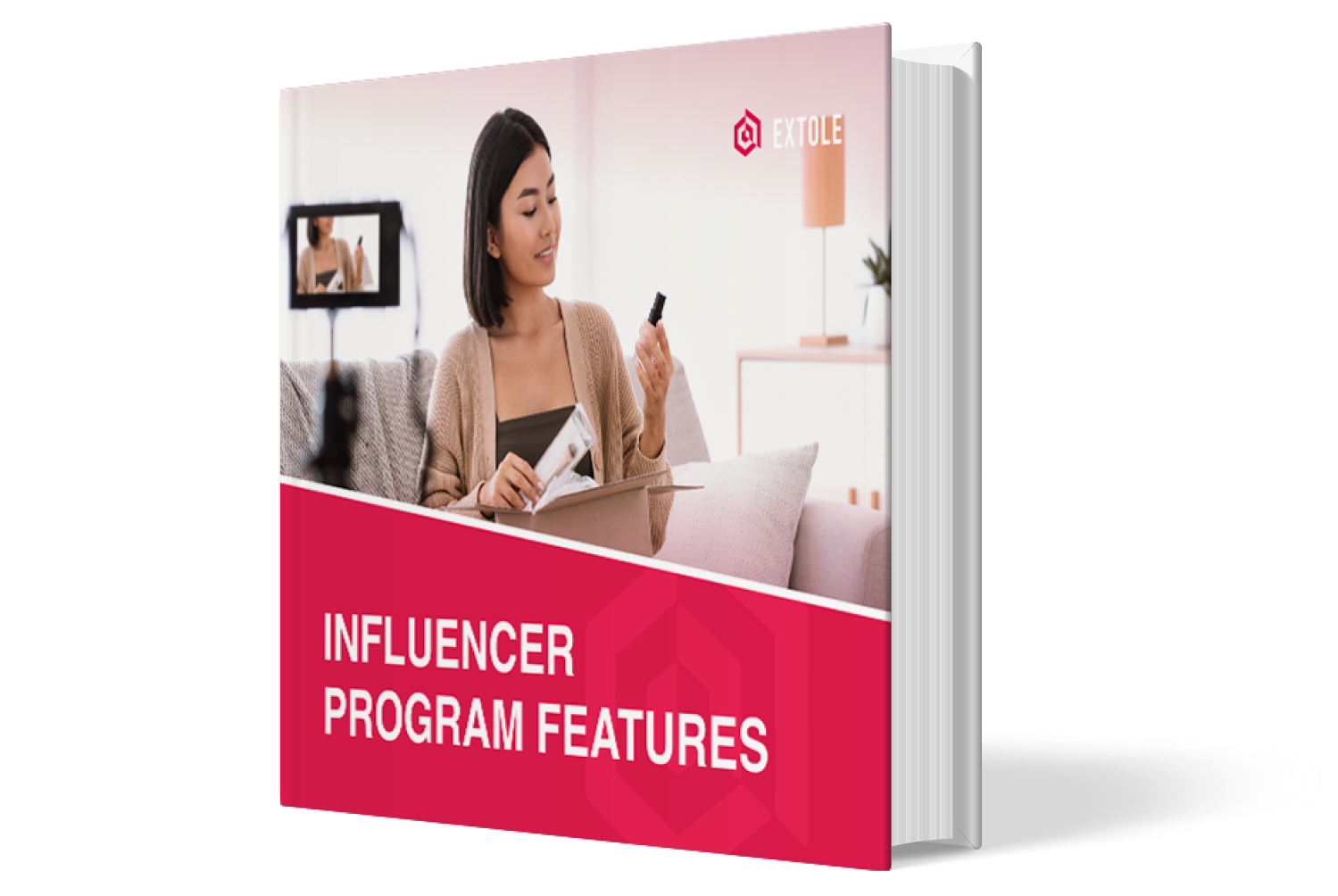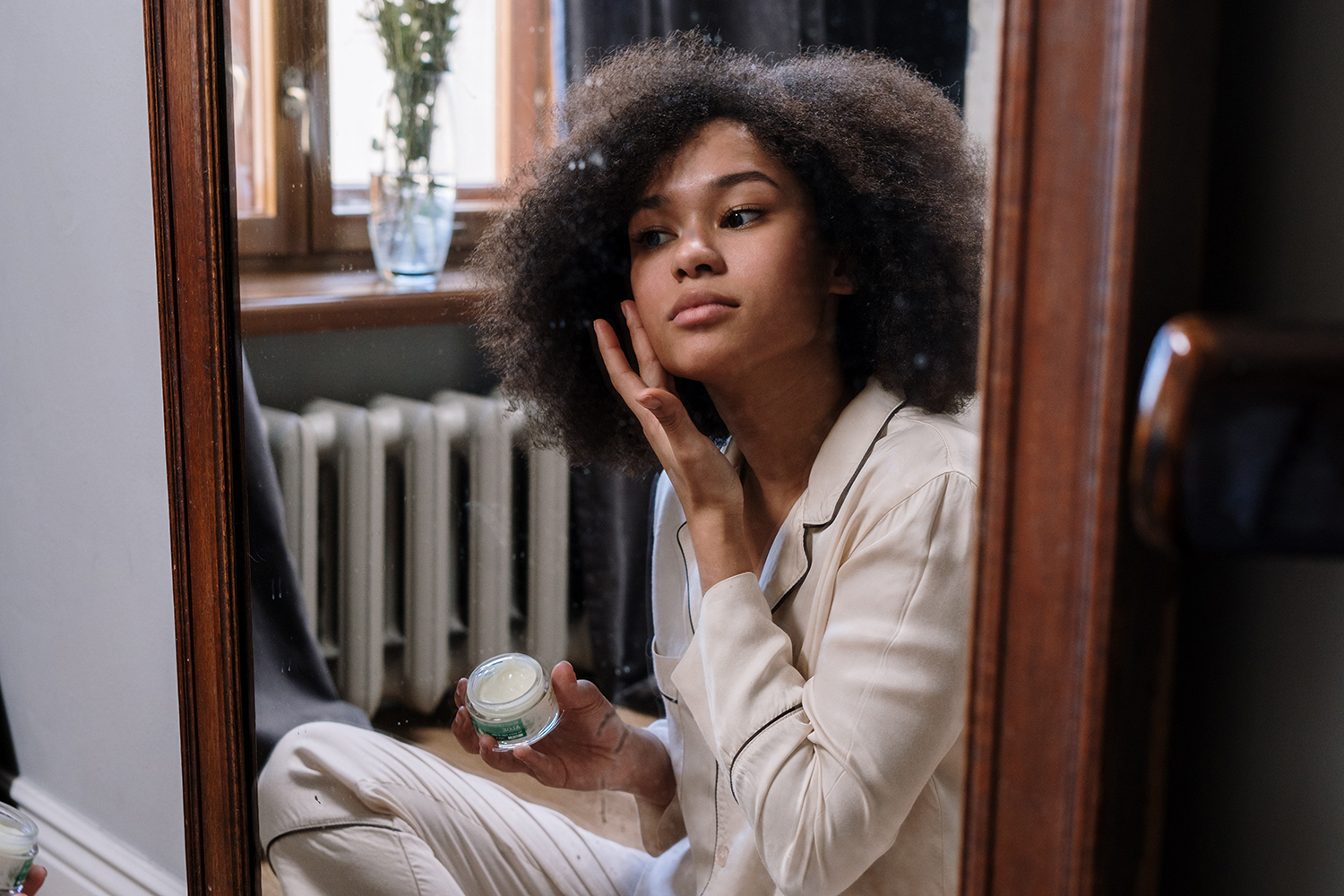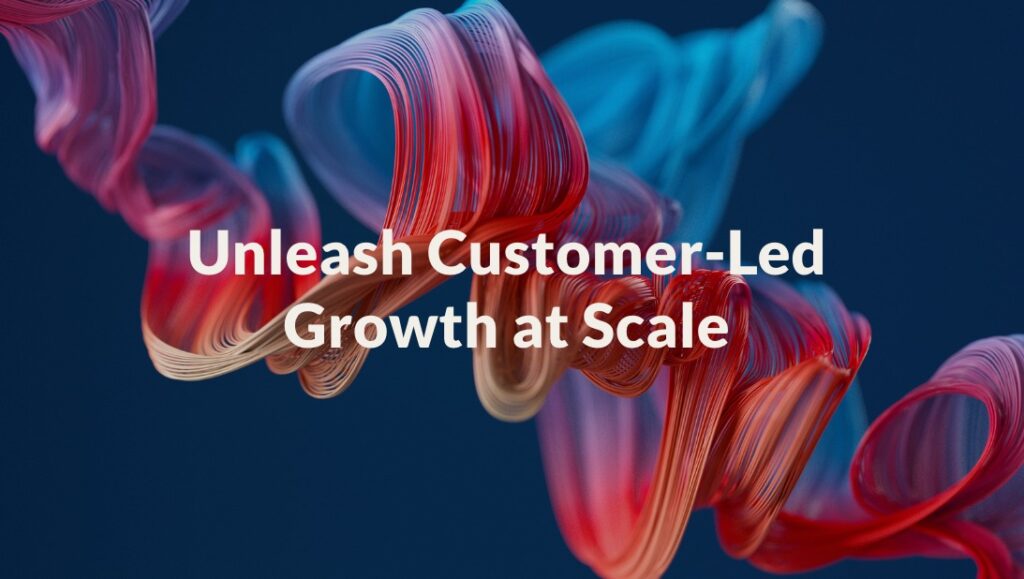With over 3 million Instagram followers, Glossier has built an impressive community of loyal supporters who are not only customers but also incredibly effective salespeople.
Glossier’s marketing strategy is centered around a digital-first, word-of-mouth approach to promoting the company’s skincare and beauty products. It has transformed into one of the most successful D2C beauty brands in the cosmetics industry today, with a valuation of nearly $2 billion.
This is the story of how Glossier leveraged customer-led growth to become a consumer marketing powerhouse.
It All Started With a Beauty-Obsessed Community
Glossier’s rise to success as a D2C brand was anything but typical.
Back in 2010, the company’s founder, Emily Weiss, was an editorial assistant at Vogue, embracing the New York City professional grind. While working at the storied fashion publication, she began to notice the hierarchical nature of the beauty industry: For the most part, beauty brands weren’t looking for broad customer input on products they produced. They might run some focus groups in the background, but by and large, they simply told women to buy their products because they were on trend.
That strategy may have worked well in decades past, but Weiss saw an opportunity to break the mold. She rebelled against the idea that beauty companies know best about what kind of makeup and skincare products appeal to the modern woman. Her stance that the beauty industry should be informed by real conversations with real women led her to launch a blog, Into the Gloss, in 2010.
Weiss’ first order of business with Into the Gloss was promoting those real conversations. Her personal mantra for the blog was simple: people first and products second.
In that vein, Weiss came up with innovative, reader-centric ideas for the blog, such as a feature section called The Top Shelf. This column focused on women in the beauty industry who shared their personal beauty regimens and products they loved. It didn’t promote particular products; it simply laid out what these real-world women were using.

The next big step forward came when Weiss recognized the value of social media as a direct line of communication with blog readers. At the time, most beauty brands were purely focused on self-promotion — a company’s social media page would often feature professional models wearing the brand’s products, and the posts were clearly designed to sell. The content around the imagery was often aspirational and distant, making many women feel less like empowered consumers and more like a line item on a P&L sheet.
In response, Into the Gloss did things a little differently: It became one of the first beauty blogs to utilize social media (especially Instagram) to engage followers and spark conversations. The writers behind Into the Gloss wanted to know what beauty products their readers were using and why — so they just asked. Into the Gloss opened the lines of social media communication with fans and, over time, developed a strong understanding of what they actually wanted out of beauty and skincare products.
Before she knew it, Weiss had inadvertently compiled a mountain of market research on beauty products. Like every great entrepreneur, she saw an opportunity in this information. Weiss leveraged the reputation and research that powered Into the Gloss to launch her own trailblazing beauty brand, Glossier, in 2014.
Extend Your Brand Reach With Influencer Advocates
Let your influencers create new customers. Learn how to access their followers and drive customer-led growth.
An Inclusive Approach to Social Media Marketing
Weiss knew exactly what made Into the Gloss so special as a beauty blog — its accessibility and genuine interest in its readers — and she brought that same mindset to Glossier. Instead of using airbrushed models who looked fake and unattainable, the brand used women whose faces mirrored the real-world diversity of women who buy makeup. Sporting freckles, tattoos, noserings, and natural hair, Glossier’s models show off a minimalist approach to makeup. The brand and its visuals emphasize healthy, glowy skin and a “work with what you’ve got” attitude — designed with the intention to replace makeup’s historical place as a thick coating to disguise women’s so-called imperfections.
Glossier quickly grew thanks to its devoted fans, who saw in this approach what they really wanted out of makeup and skincare. The best place to reach those fans and followers? Still Instagram. By this time, more brands had joined the Instagram bandwagon, and Weiss had developed a veritable cult following on the platform from her Into the Gloss days.
Glossier’s customer-led marketing strategy for Instagram showed an impeccable understanding of its buyer personas. Primarily composed of millennials and Gen Zers, Glossier’s customers buck conventional beauty standards. To capture this aesthetic preference, the brand uses a mix of real-looking people, texture-driven product shots (think squeezed-out lip gloss tubes), and user-generated content showing off different shades on different skin tones — alongside funny memes and videos that mirror the non-commercial content its fans already like to consume online.
On all of Glossier’s social media platforms, they consciously and regularly choose to show off a wide array of models, influencers, and everyday customers. The diverse representation reinforces that there is no “right” kind of customer for the brand. Everyone and anyone can use Glossier products, with their evocative, funky names like “Milky Jelly” cleanser and “Boy Brow,” to be their most beautiful, authentic selves.
Glossier mixed product launches with candid selfies and “what’s in my bag” blog-style posts with professional product shots. The brand never strayed from what made its sister brand such a success: genuinely knowing its audience.
Of course, maintaining brand consistency across social media was also a priority for Weiss and the team. Glossier’s products developed a reputation for natural, dewy makeup looks and owned soft pink and nude tones as well as nature-inspired berries and browns. A quick glance at their Instagram feed shows that a brand doesn’t need to be overly matchy-matchy with its visuals to have a recognizable and unique image.
Glossier’s biggest supporters recognize the brand from its nontraditional packaging, largely white and pink, and fun product and color names. Though it’s less heterogeneous than Coca-Cola’s white handwriting on a red background or the green Starbucks siren, Glossier customers can spot the brand’s products and visuals from a mile away. The team has put great effort into keeping branding consistent yet unique and malleable enough to evolve with its customer base.
Glossier is able to pull this off in large part because the brand always puts its community first. They continue to regularly engage with followers via Instagram and feature real customers, both in posts and Stories. This promotes a sense of community around Glossier and a feeling that anyone can be part of the brand.
The Undeniable Beauty of User-Generated Content
Another aspect of Glossier’s brilliant customer-led growth strategy is user-generated content (UGC), which helps the brand turn fans into micro-influencers who happily spread the word about products online — whether they’re being paid to do so or not.
Glossier generally reposts UGC through its Instagram account, showing off products and how followers use them in real life. Popular creators often get invited to become Instagram ambassadors for the brand. They receive a unique promo code that gives them a percentage of sales, turning the brand relationship into a win-win.
Glossier is also known for its “Top 5” Instagram Stories highlight. Each week, the brand finds five of the best UGC posts it’s been tagged in, reposts them on its Instagram story, and files them under Highlights so people can go back and watch them later. This drives home the idea that anyone can become a face of the brand, not just famous Glossier users (of which there are many).
This peer-to-peer marketing has worked wonders for the Glossier brand. A whopping 70% of their online sales and traffic come from peer referrals, and 8% of those are linked to their Instagram ambassador efforts. These influencer marketing efforts have paid off in a major way and serve as a primary e-commerce revenue stream for the brand.
Even when these recommendations aren’t captured nd shared online, Glossier’s network effect continues. According to Weiss, nearly 80% of Glossier’s customers are referred by a friend. Glossier buyers are very loyal to the brand and sing its praises to friends and family looking for products to integrate into their beauty routines.
Uncap the Beautiful Potential of Customer-Led Growth
Glossier understands the beauty market on an intimate level. A lot of that knowledge comes from taking a community-centric, customer-led approach to marketing. Its entire marketing engine is driven by feedback from its audience, if not built directly by its audience—whether that’s product marketing, UGC on social media, or relationships with brand ambassadors and micro-influencers. The tight feedback loop it has built with its customers is crucial to its business model, resulting in a brand identity customers genuinely love.
As Glossier clearly demonstrates, building a loyal customer base requires much more than simply posting beautiful Instagram photos and calling it a day. The best way to build a customer-led growth engine is to use a marketing platform like Extole, which can help you leverage feedback to improve both the customer experience and peer-to-peer marketing efforts. This not only helps you get new customers but also nurtures the ones you already have. Key features of Extole include:
- Analytics to measure, report, and optimize.
- Personalization to target key segments.
- Rewards and incentives to drive customer loyalty.
- Seamless experiences across apps, websites, and more.
- Security that supports compliance and data protection.
- Internationalization to scale customer engagement.
- Integration flexibility to connect any system.
Schedule a demo to learn more.
Glossier marketing strategy FAQs
What is Glossier’s customer-led growth strategy?
Glossier’s customer-led growth strategy involves leveraging customer feedback, social media engagement, and community building to drive both product development and brand loyalty. The company listens closely to its customers and uses their input to create products that meet their needs and preferences.
Can you give an example of a product developed through customer feedback?
One notable example is the Glossier Milky Jelly Cleanser. Customers expressed the need for a gentle yet effective cleanser, and through feedback and suggestions, Glossier worked to meet these specific requirements. The result was a product that quickly became a bestseller.
What role do brand ambassadors play in Glossier’s growth?
Brand ambassadors, often referred to as “Glossier Reps,” are influential customers who promote the brand within their networks. They receive incentives for driving sales and spreading brand awareness. This ambassador program amplifies Glossier’s reach and taps into the power of word-of-mouth marketing while further engaging their already-loyal fanbase.






